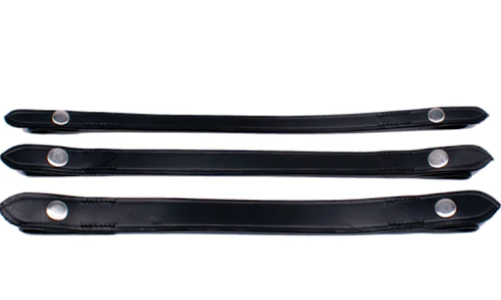Contents
A heat exchanger is a common component in many systems such as boilers. This component transfers heat between two fluids. In the case of boilers, this heat transfer occurs from gas to the water. This heat circulates around your house.
A non-condensing unit has one heat exchanger. A modern condensing unit comes with two heat exchangers. As a result, they have maximum efficiency and low energy bills. A heat exchanger has an important role in boiler efficiency. If you are not satisfied with the performance of your boiler, visit a website selling HB Smith Boiler parts and parts for other boilers to a heat exchanger.
In this article, you will learn how a heat exchanger works and what are the issues you may encounter with this component.
Heat Exchanger
Let’s understand this with the example of gas boilers. The heat produced by burning gas reaches the heat exchanger. The cold water passes through the heat exchanger. The heat from the gas is transferred to the water. This warms the radiators in your house. You begin with cold water and hot gas and in the end, you have hot water and cooler gas.
Heat Exchanger in Condensing Boilers and Non-Condensing Boilers
As condensing boilers are more energy-efficient, in most countries, according to law, new boilers must be condensing. Non-condensing boilers having two internal heat exchangers capture and reuse heat.
Non-Condensing
In addition to having one heat exchanger, a non-condensing unit also has a flue. Cold water is heated and this heat is circulated to the radiators. Waste gases escape via the flue. The temperature of escaped gases can be up to 250 degrees celsius. This is purely a wastage of heat. This is the reason why boilers in most countries have two heat exchangers.
Condensing Boilers
As they have two heat exchangers, condensing boilers reuse the heat from waste gases. This makes the unit more efficient. Cold water passes through the secondary chamber where it absorbs heat from gases that would have escaped in a non-condensing boiler. After that, the water is warmed up by the primary heat exchanger and then transferred to the radiators.
Common Issues With Boiler Heat Exchanger
As it is an important component of your boiler, it is designed to work efficiently without any issue. However, if neglected, your heat exchanger may start causing problems. If you suspect any problem with the heat exchanger, get it repaired quickly.
The following are the most common heat exchanger problems:
Kettling
It is a heat exchanger problem in which you can notice sounds like a kettle boiling. When there is limescale or sludge buildup on the exchanger, you may experience the problem of kettling. This build-up restricts the flow of water. As a result, your boiler becomes less efficient and its potential lifetime is also affected. Let a professional engineer see your heat exchanger if you suspect kettling.
Leaking
A broken pressure valve or pump seal can lead to dripping or leaking. Replace the broken seal to fix this problem. You can purchase it online from a website selling HP Smith boiler parts and components and parts for other boilers.


